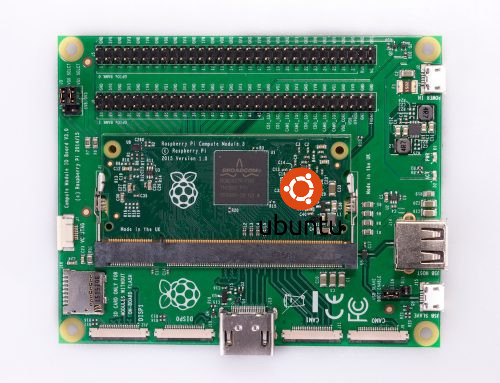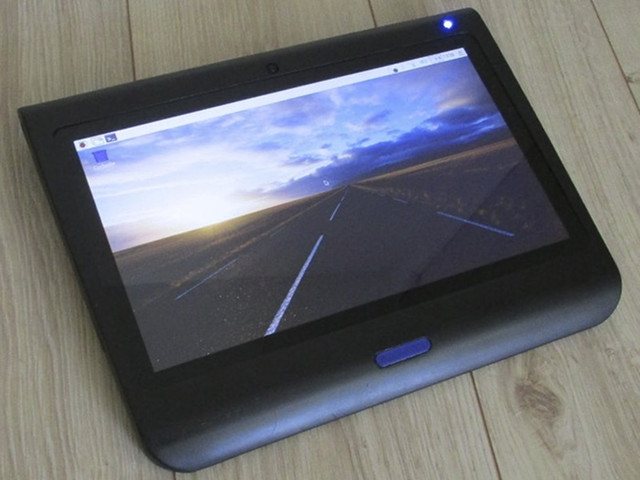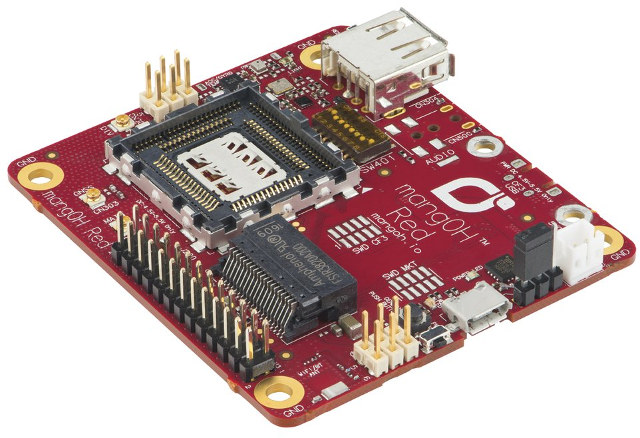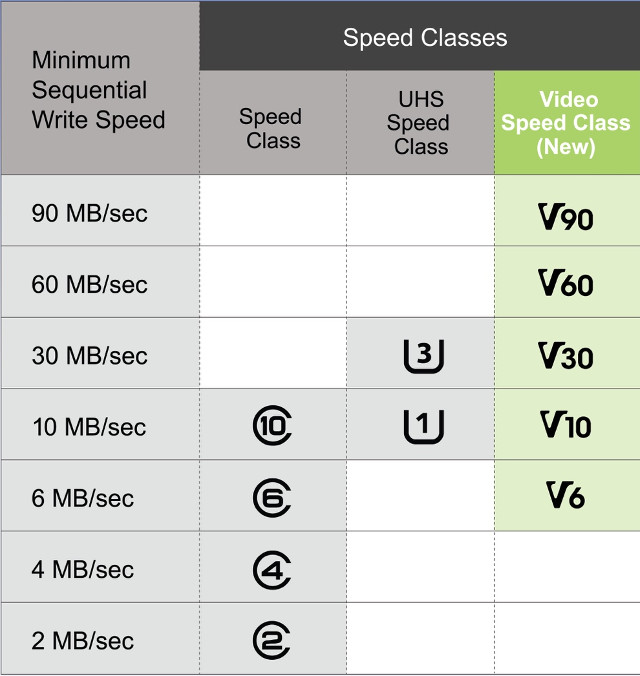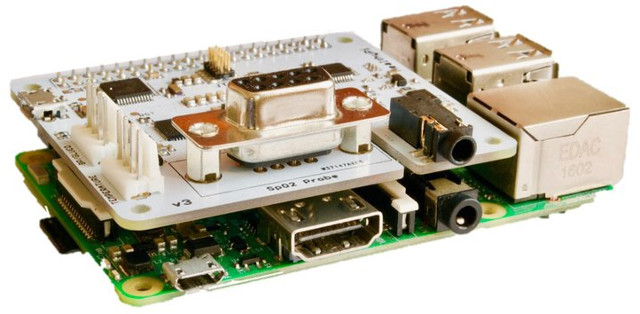Now that Canonical has refocused its development efforts on Cloud and IoT, Ubuntu Core has become even more important for the company, which has just released Ubuntu Core 16 for the Raspberry Pi 3 Compute Module, which is better suited for industrial projects than Raspberry Pi boards, for example thanks to the more resilient built-in storage of CM3 module. Ubuntu Core was already supported on Raspberry Pi 2 & 3, Intel Joule, DragonBoard 410c, Intel NUC, and Samsung Artik boards, as well as KVM to run Ubuntu Core in a virtual environment. One of the advantages of running Ubuntu Core is the availability of snaps and branded app stores, making it easy to provide updates, and promote app for the platform. Screenly is one commercial project that will take advantage of Ubuntu Core on CM3 module for their digital signage applications. You’ll find instructions to get started with Ubuntu Core […]
Diskio Pi 13.3″ Touch Panel Display Kit is Designed for Raspberry Pi and ODROID Boards (Crowdfunding)
If your project requires a touch panel, there are plenty of solutions for Raspberry Pi and ODROID boards, with Hardkernel even selling ODROID-VU8C fully integrated touch panel display. However, most display kits require you to make your own case, and feature smaller displays with lower resolution. One developer has however come up with Diskio Pi, a higher-end touch panel kit with a 13.3″ Full HD display that works with the most popular Raspberry Pi and ODROID boards. Diskio Pi specifications: Display – 13.3″ AUO TFT IPS display with 1920×1080 resolution connected via a 30-pin eDP connector ; 330 cd/m2 brightness; 85° viewing angles in all directions. Touch panel – 10-point capacitive touch; G/G structure; USB 2.0 interface; ≥6H surface hardness. Main board: HDMI to eDP driver Stereo sound amplifier USB 2.0 hub with 3x ports: 2x external + 1x internal Battery balance circuit (3S/3S2P) Expansion – Various headers for prototyping […]
IceZero Lattice iCE40 FPGA Board is Designed for Raspberry Pi Zero
Yesterday, we reported about Olimex’s open source hardware iCE40HX8K-EVB board with a Lattice iCE40 (HX8K) FPGA, and today, another iCE40 FPGA board, also open source hardware, appeared in my news feed with Trenz Electronic’s IceZero board specifically designed to be programmed using a Raspberry Pi Zero board. IceZero board specifications: FPGA – Lattice ICE40HX4K with 3520 logic gates, and 80 Kbit memory Storage – SPI Flash for FPGA self-configuration Misc – 3x User LEDs; User Clock: 100 MHz Expansion – 4x unpopulated PMOD Connectors; 40-pin Raspberry Pi female header Dimensions – 56 x 30.5mm (Raspberry Pi HAT Compatible) The board is supported by icoTC open source FPGA toolchain for Windows and Linux, which you can use in Raspberry Pi Zero (W), and other RPi board with a 40-pin header running Raspbian, as explained in that simple example in Github. Trenz electronic only shared part of the documentation, but you’ll find […]
MangOH Red Open Source Hardware Board Targets Cellular Industrial IoT Applications
Sierra Wireless has announced MangOH Red open source hardware platform designed for IIoT (Industrial IoT) applications with a snap-in socket for 2G to 4G & LTE-M/NB-IoT modules, built-in WiFi and Bluetooth, various sensors, a 26-pin expansion header, and more. MangOH Red board specifications: Snap-in socket to add any CF3-compatible modules, most of which based on Qualcomm MDM9215 ARM Cortex A5 processor including: Airprime WP7502 LTE Cat 3, HSPA, WCDMA, EDGE/GPRS module Airprime WP7504 LTE Cat 3, HSPA, WCDMA, CDMA module Airprime WP7601 LTE Cat 4 module Airprime WP7603 LTE Cat 4, WCDMA module Airprime WP8548 HSPA, WCDMA, EDGE/GPRS, and GNSS module AirPrime HL6528RD quad-band GSM/GPRS Embedded Wireless Module designed for the automotive market And more…. Storage – micro SD slot Wireless MCU Module – Wi-Fi 802.11 b/g/n and Bluetooth 4.2 BLE module with an ARM Cortex-M4 core MCU (Mediatek MT7697) providing access to real-time I/Os Wireless Connectivity “Accessories” Micro SIM card […]
Micro SD Cards for Development Boards – Classes, Tools, Benchmarks, Reliability, and Tips & Tricks
When people plan to use a development board for their project, they mainly focus on the requirements of the development board itself, as well as software support. But selecting the right accessories may be just as crucial for good performance and stability. For example, selecting a proper power supply is important, as the board may freeze or randmly rebooted if it is not feed at the right voltage. Part of this is selecting a micro USB cable, as you’ll want a cable with minimal resistance which can be achieved through shorter cables and/or a low AWG value. Another important item that can impact stability and performance of the systems are micro SD cards when used to run the operating system in development boards. Understanding SD Card Performance Metrics & Classes Until a few years ago, (Micro) SD cards were primary used to store data such as photos, videos and music. […]
HealthyPi Raspberry Pi HAT Measures ECG, Body Temperature, and Oxygen Saturation (Crowdfunding)
Bangalore based ProtonCentral has launched the third version of Healthy Pi, a vital sign monitor using the Raspberry Pi as its computing and display platform, and capable of measuring body temperature, oxygen saturation, and ECG/respiratory data. Healthy Piv3 board specifications: MCU – Atmel ATSAMD21 ARM Cortex M0 MCU, compatible with Arduino Zero Vital Signs Chips ECG and respiration front-end – TI ADS1292R 24-bit analog front-end with SNR of 107 dB Pulse oximetry – TI AFE4490 Pulse Oximetry front-end with integrated LED driver and 22-bit ADC Temperature – Maxim MAX30205 digital body temperature sensor for skin temperature sensing Expansions Headers and Ports 1x 40-pin header to connect to Raspberry Pi 2x 3-pin connectors for temperature and BP/GLUCO DB9 connector for finger-clip Spo2 probe 3.5mm jack for ECG cable and probes 1x UART connector for an external blood pressure module USB – 1x micro USB port for power and programming Debugging – […]
Apple Opens HomeKit Accessory Protocol Specification to Non-Commercial Projects
HomeKit is a software framework that allows Apple users to control smart devices with their iPhone or iPad. But so far, you had to become an MFI licensee to design a HomeKit compatible device, you product had to be tested by Apple, and – according to a story on Hackster.io – also required a special cryptographic chip for authentication. Developers creating commercial devices still need to become an MFI license, but Apple has now opened HomeKit Accessory Protocol Specification for non-commercial projects, meaning you can now use the Framework on Arduino, ESP8266 boards, Raspberry Pi, and other development boards using software authentication. You could already use HomeKit on Raspberry Pi board previously using HomeBridge, but the advantage now is that you don’t need to breach Apple’s terms and conditions, and you can talk directly to your phone without the need for a bridge. If you want the specifications got to […]
Amazon AWS Greengrass Brings Local Compute, Messaging, Data Caching & Sync to ARM & x86 Devices
Amazon Web Services (AWS) provides cloud computing services to manage & store data from IoT Nodes over the Internet, but in some cases latency may be an issue, and Internet connectivity may not be reliable in all locations. AWS Greengrass provides a solution to those issues by running some of the IoT tasks within the local network in ARM or x86 edge gateways running Linux. You can still manage your devices from AWS cloud, but a Linux gateway running Greengrass Core runtime will be able to run AWS Lambda functions to perform tasks locally, keep device data in sync, and communicate with devices running AWS IoT Device SDK. Greengrass benefits include: Response to Local Events in Near Real-time Offline operation – Connected devices can operate with intermittent connectivity to the cloud, and synchronizes with AWS IoT once it is restored Secure Communication – AWS Greengrass authenticates and encrypts device data […]


